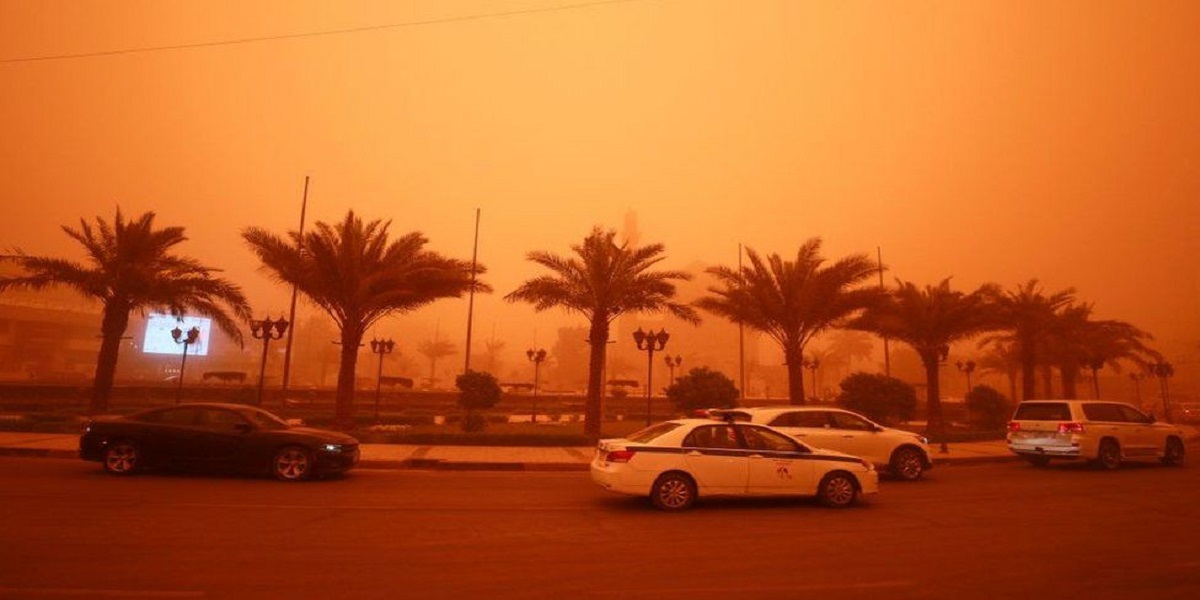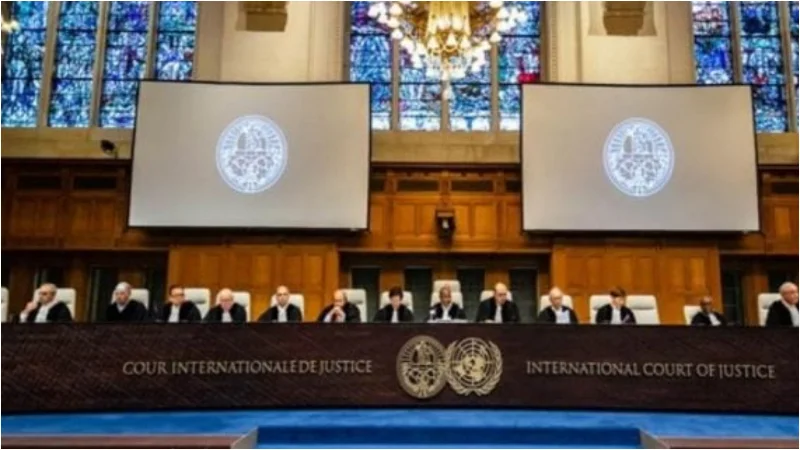Iraq was once again blanketed in a thick layer of orange dust on Sunday, the latest in a series of dust storms that have become increasingly prevalent.
Dozens of people were hospitalized in the country’s center and west due to respiratory difficulties.
A heavy layer of orange dust fell across streets and automobiles in Baghdad, penetrating into people’s houses.
Flights were canceled at airports servicing Baghdad and the Shiite holy city of Najaf owing to low visibility, which is anticipated to last into Monday, according to the weather agency.
“Flights have been interrupted at the airports of Baghdad and Najaf due to the dust storm,” the spokesman for the civil aviation authority, Jihad Al-Diwan, told AFP.
Visibility was reported to be less than 500 meters (550 yards), and flights are likely to resume soon as the weather improves.
A health official reported that hospitals in Najaf received 63 persons suffering from respiratory difficulties as a result of the storm and that the bulk of them had left after obtaining appropriate care.

Another 30 hospitalizations were recorded in Anbar, a mainly arid province in the country’s west.
In April, Iraq was pummelling by a succession of severe storms, which grounded flights in Baghdad, Najaf, and Irbil and hospitalized hundreds.
According to Amer Al-Jabri of Iraq’s meteorological office, the weather phenomena is likely to grow more often “due to drought, desertification, and diminishing rainfall.”
Iraq is particularly sensitive to climate change, having recently seen record low rainfall and high temperatures.
According to experts, these variables pose a social and economic calamity in the war-torn country.
The World Bank warned in November that climate change could result in a 20% decrease in water resources in Iraq by 2050.
According to the state news agency INA, environment ministry official Issa Al-Fayad warned in early April that Iraq could endure “272 days of dust” per year in the next decades.
According to the ministry, the weather phenomena could be handled by “raising vegetative cover and building windbreak forests.”
For the latest International News Follow BOL News on Google News. Read more on Latest International News on oldsite.bolnews.com




















